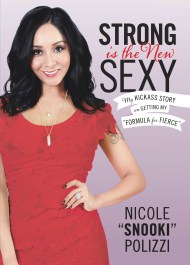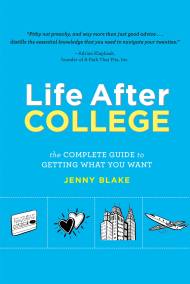Promotion
Use code BEST25 for 25% off storewide. Make sure to order by 11:59am, 12/12 for holiday delivery!
By clicking “Accept,” you agree to the use of cookies and similar technologies on your device as set forth in our Cookie Policy and our Privacy Policy. Please note that certain cookies are essential for this website to function properly and do not require user consent to be deployed.
The Amazing Adventures of Working Girl
Real-Life Career Advice You Can Actually Use
Contributors
By Karen Burns
Formats and Prices
- On Sale
- Mar 31, 2009
- Page Count
- 288 pages
- Publisher
- Running Press
- ISBN-13
- 9780786745425
Price
$9.99Price
$12.99 CADFormat
Format:
ebook $9.99 $12.99 CADThis item is a preorder. Your payment method will be charged immediately, and the product is expected to ship on or around March 31, 2009. This date is subject to change due to shipping delays beyond our control.
Buy from Other Retailers:
Risk-taking and why it’s good
How to build self-confidence
Tips for managing your boss
When you’re not appreciated
Causes and cures for burnout
Balancing baby and boss
When it’s time to say adieuand 52 more!
Whimsically illustrated with Working Girl cartoons, this is a fun, accessible advice book that deals with the real issues that are on the minds of working women (and not just those who are striving for the corner office!). No matter where a girl finds herself on the job ladder (from the bottom to the top), she’ll find that The Amazing Adventures of Working Girl will give her both perspective and a plan for success.
-
Publishers Weekly Online
"Burns is encouraging and funny, but also a hard-nosed pragmatist who isn’t about to do the work for you."
The Seattle Times
“Working girls (and boys) will likely find something to relate to in Burns' part memoir, part self-help tome for career professionals…”
The Bookmonger
“The Amazing Adventures of Working Girl is a book that promotes spunk, common sense, courtesy, curiosity, and ethical behavior.”
Penelope Trunk, Brazen Careerist
“A funny, smart book that gives you permission to make mistakes and start over again.”
Newsletter Signup
By clicking ‘Sign Up,’ I acknowledge that I have read and agree to Hachette Book Group’s Privacy Policy and Terms of Use






